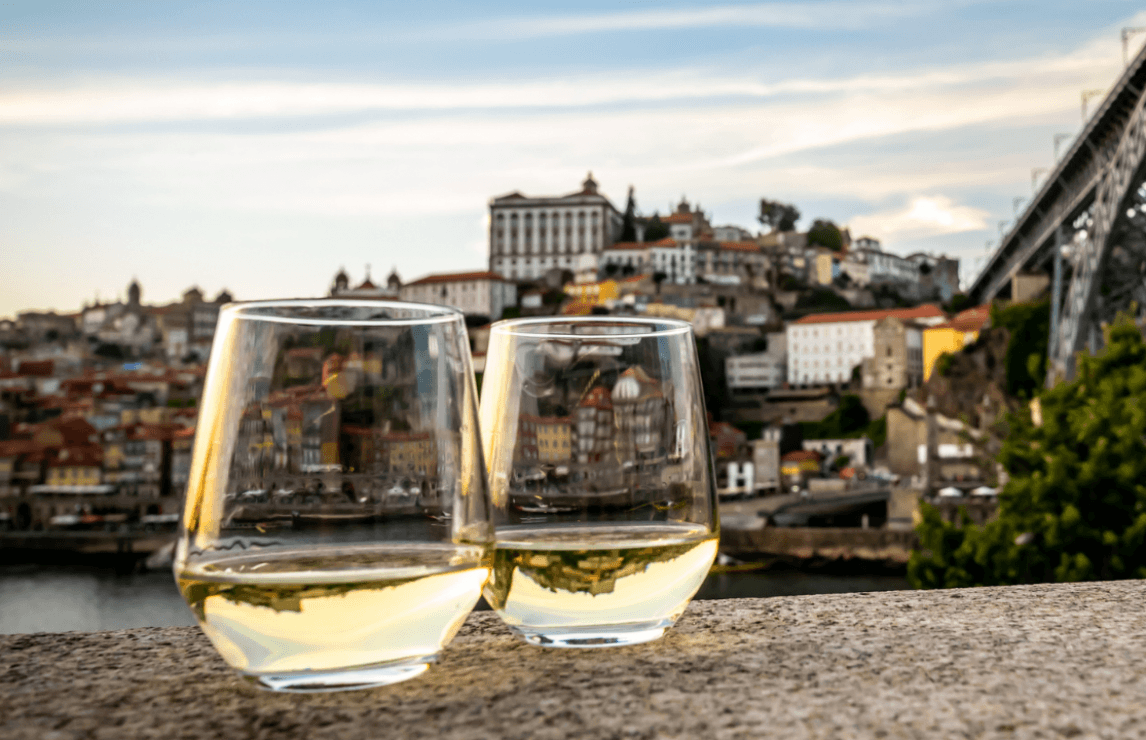There seems to be more discussion taking place within the Port wine industry pertaining to possible plateauing or even a pullback in U.S. wine consumption. Many propositions are offered as to why there may be a possible change in “sea state” for the wine industry. For example: baby-boomers are getting older and consuming less wine; generation Xer’s are not spending on wine; legalization of cannabis; alternative alcoholic beverages (cider, craft beer and spirits); price increases and lack of new innovations involving wine products.
Plateauing in case sales and revenues are not the only concerns. Some are pointing to other concerns such as: three-tier distribution, changes in channels of distribution (on and off-premise sales, DtC, winery clubs/tasting room and retail models); labor costs and state/regional laws.
Mr. Rob McMillan, EVP of Silicon Valley Bank wrote in his annual study, State of Wine Industry Report 2019, mentions: “The cumulative impact of negative health messaging – absent offsetting promotion of the health benefits of moderate wine consumption – is negatively influencing consumption, particularly for the millennial consumer.” I also wrote on the subject saying–it is hard to relate to the validity of any one study concerning the pros and cons of wine on one’s health. Nonetheless it is always interesting to see who wants to promote a position via a study.
“Hope” is not a strong underlying component for rethinking a business strategy as it relates to potential changes in the wine industry. Forecasting and trend analysis reports, like those prepared by Silicon Valley Bank, should prompt some planning activity at the winery and vineyard level to have a strategy when identifying new trends. Planning for the future is really a microeconomics issue. There is really no downside to good planning for most business contingency.
“To continue its growth in the years ahead, the US wine industry needs new direction and a changed focus,” says McMillan. The industry participants of today must grow and innovate or wither. Price increases alone are not a long-term solution to volume issues; growth must also come from case sales.
Wine still promotes it mysteries and heritage. Reverence toward wine started slipping in 2012. That was when Annette Alvarez-Peters, the wine buyer for Costco (the largest retailer of wine in the U.S.) said, “Wine, at the end of the day, is just a beverage.” This comment created a stir because it removed the romance and aura U.S. industry elites had spent decades creating. The casual wine consumer now understands there was no mystery to wine; find what you like and enjoy.
If there is to be any changes in consumption, it starts with changes dictated by consumers. Why do people consume wine? Most expressed reasons are: sociability, compliments food, taste/aromas and availability. In general, the list goes in all direction from here but, let’s stick to basics. Whatever the reason, many people will agree that the oldest alcoholic beverage is wine and historical records indicate wine was and is a celebratory drink across cultures.
Wine sales are obviously not immune to changes in consumer preferences. It wasn’t that long ago that White Zinfandel was a great seller. By mid-1090s, Sutter Home White Zinfandel was America’s most-popular premium wine. But it remains-consumer taste changes and when that happens, we get a new trend; change is a constant.
Even upon a cursory look at the industry we might conclude that change is in the wind. Maybe the industry could conclude that minor tweaking in products, packaging, advertising and having a more loyalty-based consumer approach is now. Markets and consumers change; it is a force of nature. We also know there are business tools available that can help the industry initiate changes. To “Innovate”; accept that there are changes and think about how to adapt sooner.
To the wine industry–“We are killing it with our snobbery and a refusal to listen and see what’s going on around us. We refuse to adapt, maintaining that everything is (and should be) the way it was 20, 30, 50, 100 years ago. Do you know what happens when we don’t adapt? We die,” says Leonardo Cabrini, CEO-Wild Yeast Media.
As an example, the craft brewery business continues to expand because of: variety of product styles, low cost of entry, they have a brand presence in their market, consumers can define the brewery products, and they are consumer centric. The atmosphere in my brew pubs, or breweries, are social oriented, pretensions are left at the door and you can easily taste products for free. The complete business model for craft brewing does not transfer to the wine industry, but some elements do transfer.
Note: I personally am a big proponent of consumer businesses having a bond or a personal relationship with their customer. With technology today it is easy to take a ‘human interest’ in building a brand with consumers. Let people know who is making their wine.
